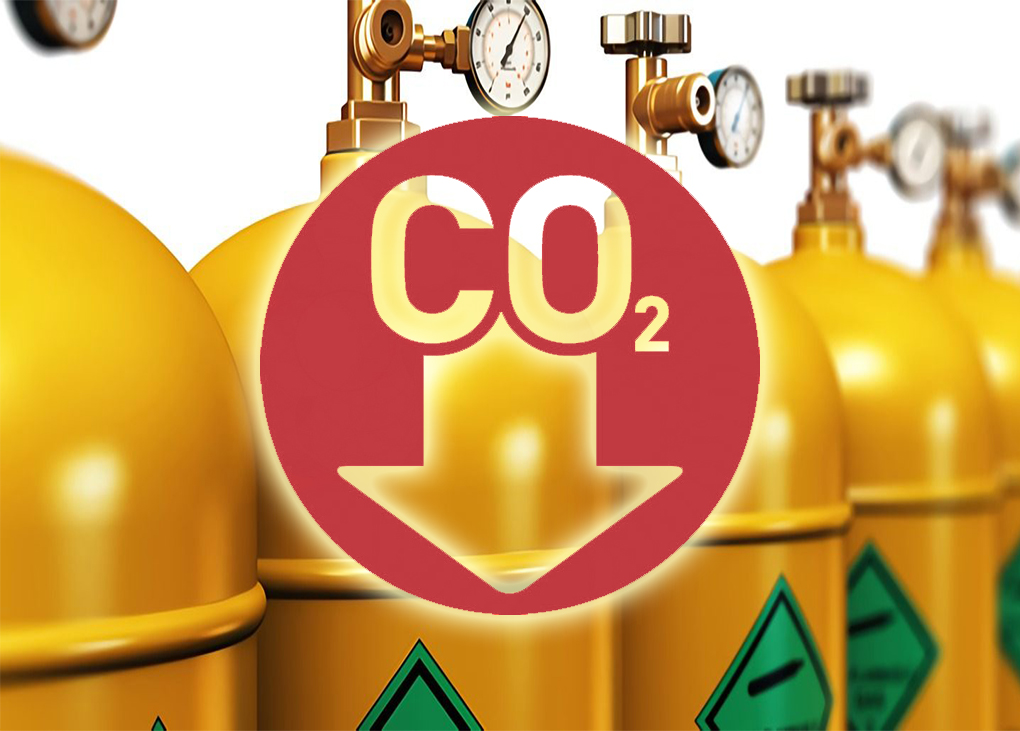The United Nations Industrial Development Organization (UNIDO) has launched a new guidance document to support domestic and commercial refrigeration manufacturers seeking to improve energy efficiency and reduce greenhouse gas emissions.
Funded by the Kigali Cooling Efficiency Program (K-CEP) and supported by International Copper Association (ICA), the study is intended to help manufacturers understand net benefits and cost for different energy efficient refrigeration design options.
Due to COVID-19 restrictions, the study will be launched through a webinar on July 22, hosted by the American Society of Heating, Refrigerating and Air-Conditioning Engineers (ASHRAE).
As an implementing agency of the Montreal Protocol, UNIDO is supporting its Member States which phase-out the use of ozone depleting and global warming substances in the cooling sector.
The Kigali amendment to the Montreal Protocol in 2016 has led to the creation of K-CEP, which aims to help increase energy efficiency (EE) of cooling in developing countries.
The K-CEP funded project, called “Assessment of incremental capital and operating costs for improved EE in domestic, commercial and retail refrigeration”, looked at manufacturers in five countries and characterised them using a Manufacturer Development Index (MDI).
The index takes into account: manufacturer development capacity; manufacturer production volume; manufacturer proximity to and relationship with component’s original equipment manufacturers (OEM); market maturity; and the country’s energy efficiency score.
Manufacturers are now able to determine which changes to their offerings can be taken cost effectively, says ASHRAE.
The simulation software, named Commercial Refrigeration Analysis (CERA) is said to provide visual modelling of the changes in components, the cost involved in promoting green design and the EE benefits, thus keeping the long-term competitiveness of the product.
“Many companies in Article 5 countries are missing suitable guidance and opportunities for knowledge transfer when trying to meet global climate goals,” says Iino Fukuya, Ph.D., from the Department of Environment UNIDO, Vienna, Austria.
“This guidance document introduces practical ways to calculate and cost the changes needed for their product and factory footprint to comply with both international agreements and national legislation.”
Lead author and presenter, Assistant Professor of Thermofluids at Zewail City of Science and Technology, Omar Abdelaziz, Ph.D., says that the outcomes of the project provide insight into how to analyse changes in manufacturing, evaluate technical and financial options for energy efficient products and calculate associated emission reductions.
“We hope manufacturers and service providers that need help to change their products and factories in today’s competitive marketplace can rely on the project guidance document and consultants familiar with the work to improve products energy efficiency and reduce emissions,” he says.
The webinar is on 22 July 2020, from 11pm–12.30am (AEST), 11.30pm–12am (ACST) and 9–10.30pm (AWST).
Registrations are open here until July 21, 2020. This event is free of charge.



Leave a Reply